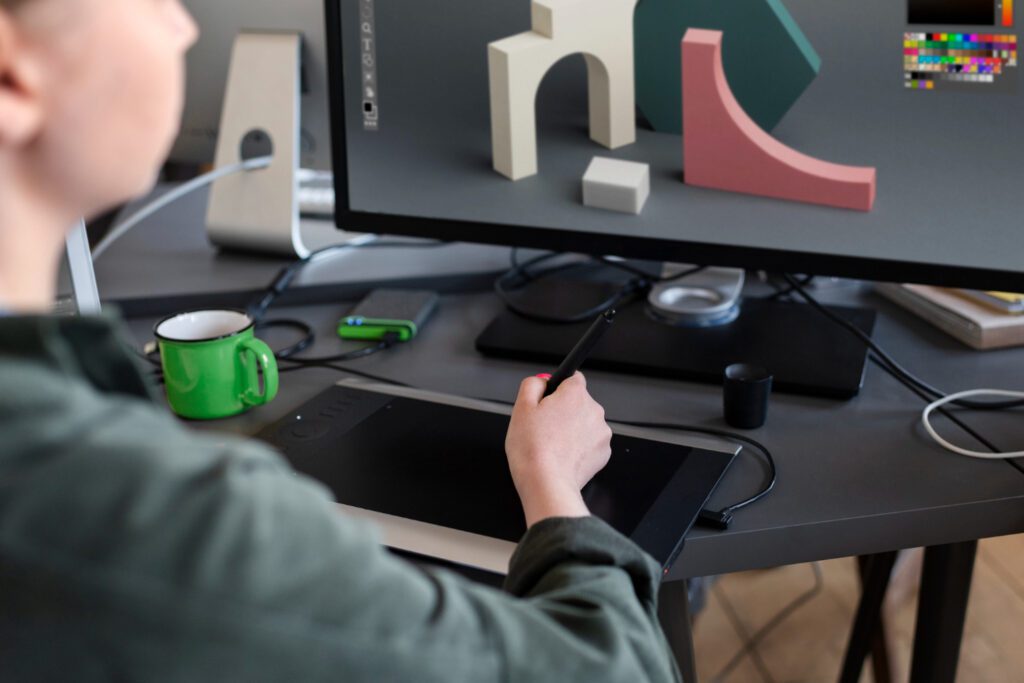Takeaway
Speeding up game development without sacrificing quality is a multifaceted challenge that requires a strategic approach. By leveraging modern tools, optimizing workflows, and fostering effective team collaboration, game developers can significantly reduce development time while maintaining high standards of quality. This article explores various techniques and methodologies that can help achieve this balance.
Understanding the Game Development Lifecycle
The game development lifecycle consists of several phases: pre-production, production, testing, and post-launch. Each phase has its own set of challenges and opportunities for optimization. Understanding these phases is crucial for identifying areas where time can be saved without compromising quality.
Pre-Production: Planning for Success
Pre-production is the stage where concepts are developed, and the project scope is defined. Effective planning can significantly reduce time spent in later stages. Here are some strategies:
- Agile Methodologies: Implementing Agile methodologies, such as Scrum or Kanban, allows teams to adapt quickly to changes and prioritize tasks effectively. This iterative approach helps in refining ideas and reducing wasted effort.
- Prototyping: Creating prototypes early in the development process can help validate ideas and mechanics. Tools like Unity and Unreal Engine offer rapid prototyping capabilities that allow developers to test concepts without extensive coding.

- Clear Documentation: Maintaining clear and concise documentation ensures that all team members are aligned on the project vision and requirements. This reduces misunderstandings and rework later in the development cycle.
Production: Streamlining Development
During the production phase, the actual game is built. This is often the most time-consuming part of the development process. Here are some techniques to speed up production:
- Version Control Systems: Utilizing version control systems like Git allows teams to collaborate more effectively. It helps in tracking changes, managing code, and resolving conflicts, which can save significant time during development.
- Asset Management: Implementing an efficient asset management system can streamline the workflow. Tools like Perforce or Unity Collaborate help in organizing assets, making it easier for team members to access and utilize them.
- Code Reusability: Writing modular and reusable code can drastically reduce development time. By creating libraries of reusable components, developers can avoid redundant work and focus on new features.
- Automated Testing: Integrating automated testing into the development process can catch bugs early, reducing the time spent on manual testing later. Continuous Integration/Continuous Deployment (CI/CD) pipelines can facilitate this process.
Quality Assurance: Testing Without Delays
Quality assurance (QA) is critical in game development, but it can also be a bottleneck if not managed properly. Here are some strategies to enhance QA efficiency:
- Early Testing: Incorporating testing early in the development process allows for quicker identification of issues. This can be achieved through alpha and beta testing phases, where players provide feedback on gameplay mechanics and bugs.
- Test Automation: Automating repetitive testing tasks can free up QA resources for more complex testing scenarios. Tools like Selenium or TestComplete can be integrated into the development pipeline to streamline this process.
- Player Feedback Loops: Establishing feedback loops with players can provide valuable insights into gameplay experience. This can help prioritize fixes and improvements based on actual user experiences.
Post-Launch: Continuous Improvement
The post-launch phase is often overlooked, but it is crucial for maintaining player engagement and satisfaction. Here are some strategies to optimize this phase:
- Data Analytics: Utilizing data analytics tools can help developers understand player behavior and preferences. This information can guide future updates and expansions, ensuring that resources are allocated effectively.

- Community Engagement: Actively engaging with the gaming community can provide insights into player needs and expectations. Platforms like Discord or Reddit can be used to gather feedback and foster a loyal player base.
- Iterative Updates: Instead of large, infrequent updates, consider rolling out smaller, more frequent updates. This keeps the game fresh and allows for quicker responses to player feedback.
Leveraging Technology for Efficiency
In addition to optimizing workflows, leveraging technology can significantly enhance development speed. Here are some tools and technologies that can aid in this process:
- Game Engines: Modern game engines like Unity and Unreal Engine come with built-in tools that streamline development processes, from asset management to physics simulations.
- Cloud Services: Utilizing cloud services for storage and collaboration can enhance accessibility and reduce downtime. Services like AWS or Google Cloud provide scalable solutions for game development teams.
- AI and Machine Learning: Implementing AI-driven tools can automate various aspects of game development, from procedural content generation to player behavior analysis, allowing developers to focus on creative tasks.
Fostering a Collaborative Team Environment
A collaborative team environment is essential for speeding up game development. Here are some strategies to enhance collaboration:
- Regular Stand-Ups: Daily stand-up meetings can help keep the team aligned and focused on their goals. This practice encourages accountability and quick problem-solving.
- Cross-Disciplinary Teams: Forming cross-disciplinary teams that include designers, developers, and QA testers can enhance communication and collaboration, leading to faster decision-making.
- Remote Collaboration Tools: Utilizing tools like Slack, Trello, or Asana can facilitate communication and project management, especially in remote work environments.
Conclusion
In conclusion, speeding up game development without sacrificing quality requires a comprehensive approach that encompasses effective planning, streamlined production processes, efficient quality assurance, and leveraging technology. By adopting Agile methodologies, utilizing modern tools, and fostering a collaborative team environment, game developers can significantly reduce development time while maintaining high standards of quality. Key takeaways include the importance of early testing, the benefits of automation, and the value of community engagement in post-launch phases. By implementing these strategies, game development companies can thrive in an increasingly competitive landscape.



